Transportation is an integral part of our daily lives, and it has come a long way since the early days of horse-drawn carriages and steam engines. Today, we have a wide range of transportation options available, from cars and buses to trains and airplanes. However, transportation is not just about getting from one place to another; it is also an art that involves the design, engineering, and infrastructure that makes it possible. In this essay, we will explore the art of transportation, its history, evolution, and the various modes of transportation that exist today.
The Early Days of Transportation
The history of transportation dates back to ancient times, when people relied on their own two feet to get around. As civilizations grew and trade routes expanded, the need for faster and more efficient modes of transportation arose. The ancient Egyptians were among the first to develop a system of transportation, using animals such as camels and horses to carry goods and people across the desert. The ancient Greeks and Romans also made significant contributions to transportation, building roads and bridges that allowed for the expansion of trade and commerce.
The Industrial Revolution and the Emergence of Modern Transportation
The Industrial Revolution marked a significant turning point in the history of transportation. The invention of the steam engine in the late 18th century led to the development of steam-powered locomotives, which revolutionized land transportation. The first steam-powered railway was built in England in 1804, and soon, railways spread across Europe and North America. The introduction of the automobile in the late 19th century further transformed transportation, making it faster and more accessible to the masses.
The 20th century saw the rise of air transportation, with the first commercial flight taking place in 1914. Air travel became more accessible and affordable over time, and today, it is a popular mode of transportation for long-distance travel. The development of the highway system in the United States in the 1950s and 1960s also had a profound impact on transportation, making it easier for people to travel by car and truck.
Modes of Transportation
Today, there are several modes of transportation available, each with its own advantages and disadvantages.
1. Cars and Personal Vehicles
Cars are one of the most popular modes of transportation, offering a high degree of flexibility and convenience. They are ideal for short and long-distance travel, and with the rise of electric and hybrid vehicles, they are becoming more environmentally friendly. However, cars also have their drawbacks, such as traffic congestion, parking issues, and air pollution.
2. Buses and Public Transportation
Buses are an affordable and efficient way to move large groups of people, making them a popular choice for public transportation. They are also a more environmentally friendly option than cars, emitting less greenhouse gas per passenger. Buses come in various sizes and types, from city buses to coach buses, and they often have dedicated lanes to minimize delays.
3. Trains
Trains are a comfortable and reliable mode of transportation, suitable for long-distance travel. They offer a range of amenities, such as food and beverage services, comfortable seating, and onboard entertainment. Trains are also a more environmentally friendly option than cars or planes, emitting less greenhouse gas per passenger.
4. Airplanes
Airplanes are the fastest way to travel long distances, making them a popular choice for intercontinental travel. They offer a range of amenities, such as in-flight entertainment, meal service, and comfortable seating. However, airplanes are also one of the most environmentally harmful forms of transportation, emitting large amounts of greenhouse gas.
5. Bicycles
Bicycles are a sustainable and healthy mode of transportation, suitable for short distances. They are also a cost-effective option, requiring minimal maintenance and no fuel. Bicycles come in various styles, from road bikes to mountain bikes, and they can be equipped with accessories such as baskets, bells, and lights.
6. Boats
Boats are a popular mode of transportation for coastal and riverine areas. They come in various sizes and types, from small fishing boats to large cruise ships. Boats offer a range of amenities, such as onboard entertainment, dining, and comfortable cabins. They are also a more environmentally friendly option than cars or planes, emitting less greenhouse gas per passenger.
7. Emerging Transportation Technologies
In recent years, there has been a surge of innovation in transportation technology, with the development of electric and autonomous vehicles, hyperloop systems, and flying cars. These technologies promise to revolutionize the way we travel, making transportation faster, cleaner, and more efficient.
The Art of Transportation
Transportation is not just about getting from one place to another; it is also an art that involves the design, engineering, and infrastructure that makes it possible. The design of transportation systems requires a deep understanding of human behavior, urban planning, and environmental sustainability. Engineers must consider factors such as safety, efficiency, and comfort when designing transportation systems.
The infrastructure that supports transportation is also a work of art, from the construction of roads and highways to the design of airports and train stations. The architecture of transportation hubs must take into account the needs of travelers, while also being aesthetically pleasing and environmentally sustainable.
The Future of Transportation
The future of transportation looks exciting, with emerging technologies and trends shaping the way we travel. Electric and autonomous vehicles are becoming increasingly popular, offering a cleaner and more efficient mode of transportation. Hyperloop systems, which use vacuum-sealed tubes to transport passengers at high speeds, promise to revolutionize long-distance travel, reducing journey times and environmental impact. Flying cars, which use electric or hybrid engines to hover and fly, promise to reduce congestion and travel times, offering a new level of personal freedom.
Transportation is an essential part of our daily lives, and it has come a long way since the early days of horse-drawn carriages and steam engines. Today, we have a wide range of transportation options available, from cars and buses to trains and airplanes. However, transportation is not just about getting from one place to another; it is also an art that involves the design, engineering, and infrastructure that makes it possible. The future of transportation looks exciting, with emerging technologies and trends shaping the way we travel. As we move towards a more sustainable and efficient future, it is important to consider the environmental impact of transportation and to work towards creating a transportation system that is clean, efficient, and sustainable for generations to come.






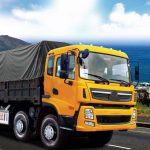
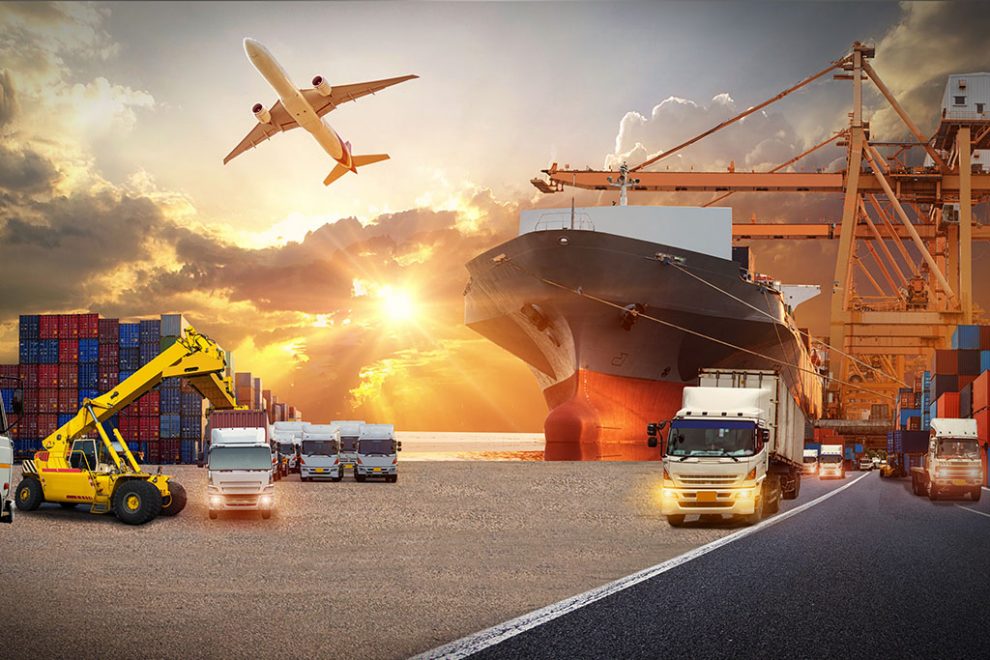
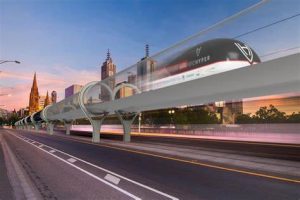
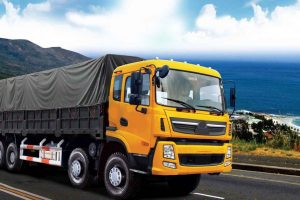
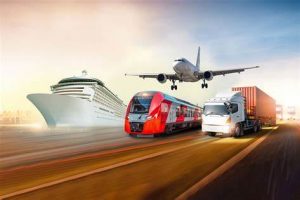





Add Comment